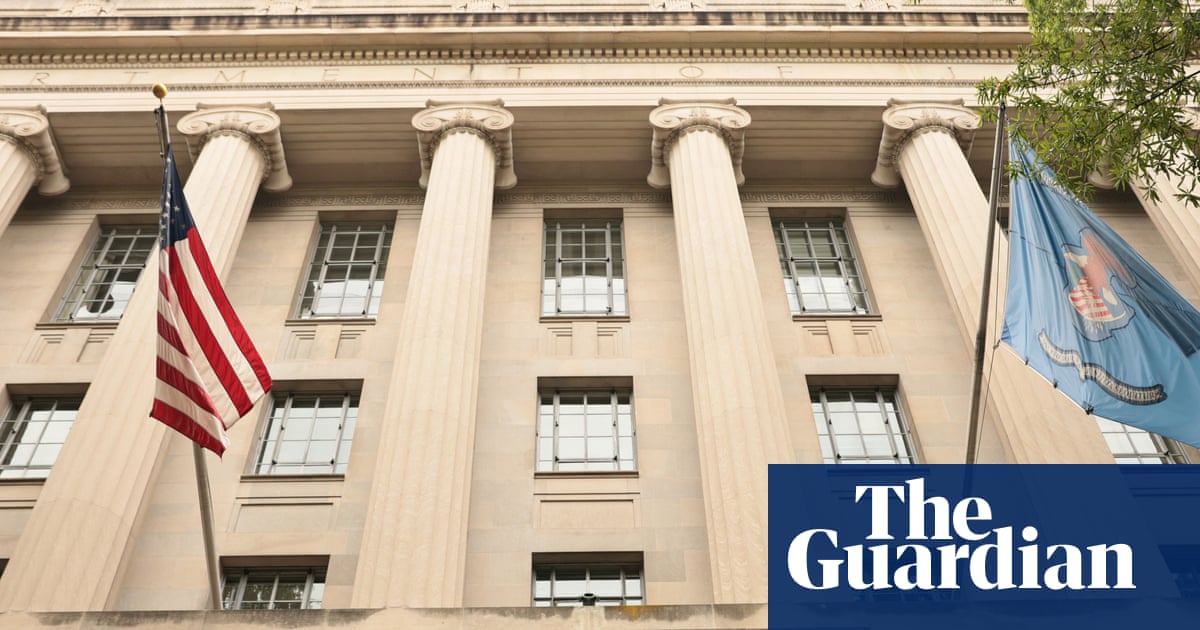When you buy through links on our articles, Future and its syndication partners may earn a commission.
Expedition 73 flight engineer Nichole Ayers gives fellow crewmate and NASA astronaut Anne McClain a haircut aboard the International Space Station. "We joked about how I might have a future in the haircutting business when I get back on Earth, but the reviews are still out," wrote Ayers on social media. | Credit: NASA/Nichole Ayers
The visiting Axiom Mission-4 (Ax-4) crew returned to Earth this week from the International Space Station, leaving the seven Expedition 73 astronauts and cosmonauts to continue research and maintenance activities aboard the orbiting lab.
Orbital observation
The "most magical place on Earth" as seen from a "star" above.
Expedition 73 flight engineer Anne McClain, a NASA astronaut, captured this photo of Orlando, Florida — home to the Walt Disney World and Universal Studios theme parks — during a nighttime flyover by the International Space Station.
"Orlando has a surprising amount of orange sodium vapor lighting dotted around it," wrote NASA astronaut Don Pettit, responding to McClain's photo.
The city of Orlando, Florida shines at night as seen from the International Space Station. | Credit: NASA/Anne McClain
Science status
Among the research that was conducted by the Expedition 73 crew aboard the space station this week was:
CIPHER — NASA astronauts Jonny Kim, Nichole Ayers and Anne McClain took part in studies that were part of the "Complement of Integrated Protocols for Human Exploration Research on Varying Mission Durations." Kim and McClain used an ultrasound machine to measure blood flow, while Ayers and McClain used virtual reality googles to test how microgravity affects the sense of balance.
Muscle Stimulation — Ayers and Kim worked together on a study of whether sending electrical impulses into astronauts' legs can supplement exercise to combat muscular atrophy. Ayers wore the electrodes, while Kim operated the equipment.
Real-time scans — McClain also donned electrodes for two ultrasound scans that were monitored by doctors on the ground. The data collected is supporting an ongoing study of the cardiovascular risks of long-duration spaceflight.
Roscosmos cosmonauts Sergey Ryzhikov and Kirill Peskov also ran on a treadmill to determine how much physical activity is required to stay ready to perform spacewalks and be subjected to increased gravity loads on their return to Earth.
Station keeping
The Expedition 73 crew also devoted time to maintaining the space station's systems, including:
Boost — A Russian resupply craft, Progress MS-30 (91P) docked to the aft port of the Zvezda service module, fired its engines for about 12 minutes on Wednesday (July 16) to give the space station an orbital boost, setting up for the arrival of the next crew early next month.
Microgravity Measurement Apparatus — Expedition 73 commander Takuya Onishi with JAXA replaced a device that tracks how the Kibo laboratory vibrates in response to crew and spacecraft movements, motions that could impact research being conducted in the module.
Catalytic reactor — Anne McClain replaced a component of the station’s water processor assembly that adds oxygen and oxidizes organics in the collected wastewater.
Astronaut activity
Roscosmos cosmonaut Alexey Zubritskiy stands atop a treadmill in the Zvezda service module after performing routine maintenance on the exercise device as an Expedition 73 flight engineer aboard the International Space Station. | Credit: Roscosmos
Axiom Mission 4
After 18 days at the International Space Station, the Axiom Mission-4 crew on board SpaceX's Dragon spacecraft "Grace" undocked and returned to Earth this week. Commander Peggy Whitson, pilot Shubhanshu Shukla and mission specialists Sławosz Uznański-Wiśniewski and Tibor Kapu splashed down off the coast of California on Tuesday (July 15).
The four crew members conducted more than 60 scientific experiments from 31 countries — more than any other commercial mission — studying life sciences, conducting materials research, observing Earth and demonstrating new technologies. Whitson, Shukla, Uznański-Wiśniewski adn Kapu also took part in 20 outreach events, speaking with scientists, students and government officials.
By the numbers
As of Friday (July 18), there are 7 people aboard the International Space Station: Expedition 73 commander Takuya Onishi of JAXA, Anne McClain, Nichole Ayers and Jonny Kim of NASA and Kirill Peskov, Sergey Ryzhikov and Alexey Zubritsky of Roscosmos, all flight engineers.
Ax-4 commander Peggy Whitson, pilot Shubhanshu Shukla of ISRO and mission specialists Sławosz Uznański-Wiśniewski of ESA and Tibor Kapu of HUNOR returned to Earth on SpaceX's Dragon "Grace" on Tuesday (July 15).
There are two docked crew spacecraft: SpaceX's Dragon "Endurance" attached to the forward port of the Harmony module and Roscosmos' Soyuz MS-27 attached to the Earth-facing port of the Prichal node.
There are two docked cargo spacecraft: Roscosmos' Progress MS-30 (91P) attached to the aft port of the Zvezda service module, and Progress MS-31 (92P) docked to the space-facing port of the Poisk module.
As of Friday, the space station has been continuously crewed for 24 years, 8 months and 17 days.

 German (DE)
German (DE)  English (US)
English (US)  Spanish (ES)
Spanish (ES)  French (FR)
French (FR)  Hindi (IN)
Hindi (IN)  Italian (IT)
Italian (IT)  Russian (RU)
Russian (RU)  1 day ago
1 day ago


























Comments